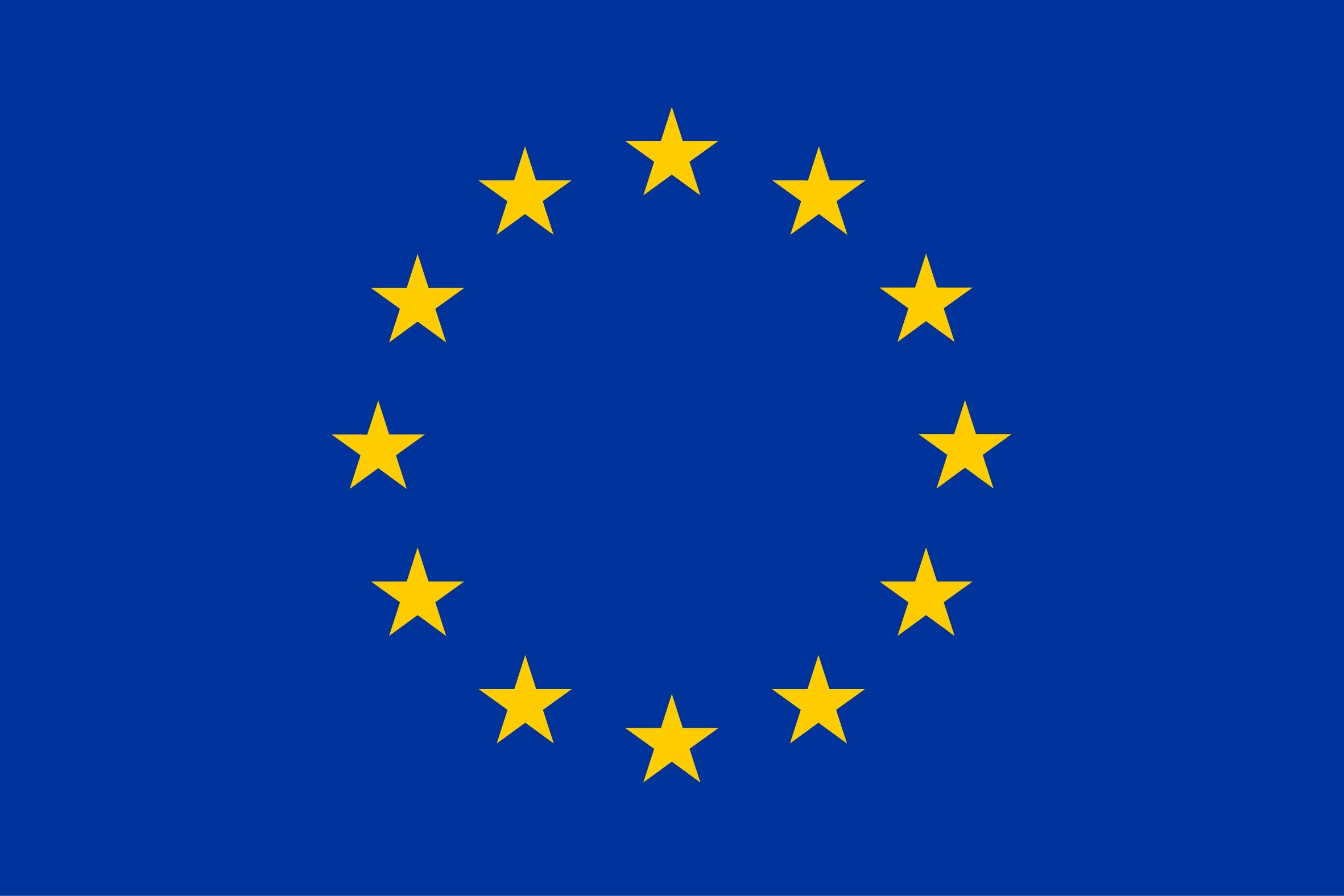Balatro is indie, songs isn’t it? Developed by a single dude with probably zero budget
- 2 Posts
- 206 Comments

 2·3 months ago
2·3 months agoFor length, for an average male one meter is about one large step with extended legs (useful for distances), or the distance between e.g. the left side of your torso to the end of the extended right hand (useful for estimating the length of rope or smth).
For weight, it might be useful that 1 liter (that’s 1 dm3 but noone uses that except sometimes in scientific literature) is almost exactly 1 kg, and a typical cup fits 0.25 liter. A shot of alcohol is either 20 or 40 milliliters (0.02 or 0.04 liter) depending on where you are and what you order.
For conversions you just need to remember the base unit (e.g. meter and grams/kilograms) and the decimal prefixes. But you really only need milli (1/1000), centi (1/100) and kilo (1000) in day to day life. Then you simply shift the decimal.
What’s wrong honey? You haven’t finished your kale cake.

 6·3 months ago
6·3 months agoI didn’t think of that - also for nvim you typically pull plugins from git repositories

 8·3 months ago
8·3 months agoNot sure what you want to show with that screenshot. It tells you that 700 MB of your installed RAM is reserved for your integrated GPU which doesn’t really have to do anything with Windows.
So, a typical pupil is around 2 mm in diameter in bright conditions. With the Rayleigh limit that results in an angular resolution of 1.22 * 60010^-9 m / 210^-3 m = 3.66*10^-4 rad
At a distance of 5 x 3 mi = 15 mi = 24.1 km this corresponds to a point to point distance of
tan(a/2) = (d/2)/l
d = tan(a/2) * l * 2 = tan(3.66*10^-4) * 24100 * 2 = 8.8 m
So in conclusion, with regular, human-like eyes he could discern points that are at least 8.8 m apart in the best case scenario. Discerning hair color from the color of the clothes would need a much higher resolution, and the horsemen are probably not 10 m apart from each other either. And again, this is a theoretical limit, real-world resolution would probably be significantly lower.

 3·4 months ago
3·4 months agohave you tried the eurokey layout? At least for German it has all the relevant characters easily reachable.
even if you ignore curvature you have a resolution limit that depends on the aperture. Look up Rayleigh criterion for more info

 13·4 months ago
13·4 months agoBalatro has an Android version which is great

 5·4 months ago
5·4 months agoI have a Pulse 15 from like 5 years ago and I’m still quite happy with that machine.
It ran super stable for me on Mint a few years ago without any fiddling
Most organic things will get converted to biomass/CO2/NH3/… in the end. Inorganics will probably be sediment at some point.
you could try LMDE (Mint but with Debian underneath instead of Ubuntu). But I kinda doubt that this would help. You probably won’t notice a difference in the user experience.
That’s odd… any idea what the model of the WiFi adapter is? Is it a very recent machine?
No, that won’t work on a live system.
Have you actually tried booting from a Live USB on the laptop in question? It might be that WiFi works there just out of the box. Unless you have some super weird wifi adapter (or use an old Linux version), it should just work.

 9·5 months ago
9·5 months ago(there’s the open source free full version on F-Droid)

 62·5 months ago
62·5 months agoI find it really interesting that almost all of the recent comments on the YouTube video are 95% the same and praising “how great all this transparency” is, completely drowning out all other comments. They’re also worded very very similarly.
Jap… bin gestern erst am Versuch mein Minze 20.04 hochzubewerten gescheitert. Hab dann stattdessen LMDE drübergebügelt…








Also very dependent on the type of work you’re doing. If a certain amount of people need to be on site and you need to coordinate that, things get more difficult.